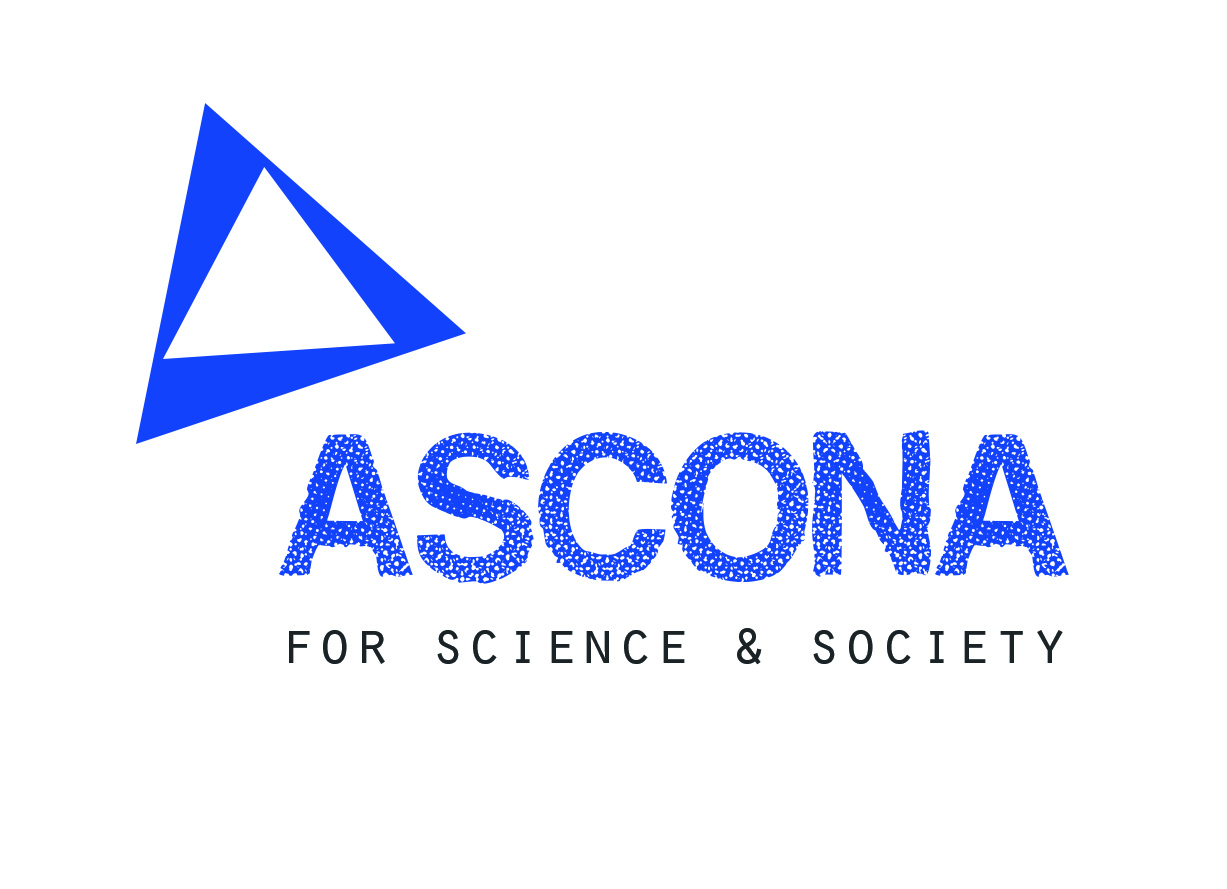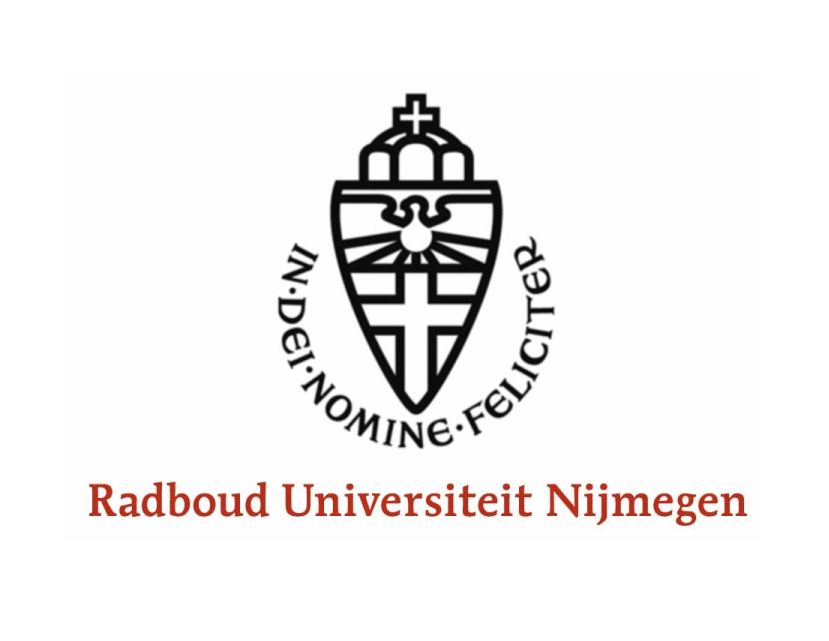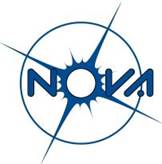Sustainable relationships are created where research meets industry on basic science, in combination with applied research and innovation
The future of innovation
Co-operation between basic science and industry is complex, but highly relevant for the future innovative power of society. A strong and reliable science and industry connection is necessary for regional, national and global development.
In previous years, the great innovative power in the Netherlands came from research departments of large international companies. Examples are the world-renowned Philips NatLab by Hendrik Casimir or research divisions from Shell and Unilever. Nowadays, the innovative power comes from either academia, or strategic alliances in basic research between science (academic research) and industry. These alliances explore, create and maintain strategic ties between academic research and industry. Examples are IBM’s Research division, Microsoft (e.g. with its Station Q Quantum labs in Delft and California) and Google Research for Artificial Intelligence.
The future of innovation in a society lies in strategic-scientific collaborations between academia and the research aspirations of the industry. These collaborations are an alternative to (previously mainly focused) industrial basic research and the innovation power that it created. Characteristic to the collaborations is its mutuality between academia and industry. Industrial relationships are becoming more vital for the future of top-level science, and vice versa. The two (academia and industry) are growing closer together: that development is taking place on an international level. It is both important and a challenge to accurately organise and manage collaborations. Mutual sovereignty should be maintained at the same time, as well as ensuring intellectual property and the integrity of foundations and beliefs.
The objectives for industry and academia
Large companies of interest in this context are those with a fundamental research facility of their own, and that are eligible for a science/industry collaboration. But also those companies with a research agenda that is formed in in a private/public scientific context can very well contribute here. DSM (research into innovative materials) and ASML (with its Advanced Research Center Nano Lithography) are good examples in that case. The same goes for a computational science programme that Shell founded with FOM (and today runs with NWO). However, across the board, such research architectures are still quite limited. Science and industry in general need to be coached to find each other, and to keep trust in each other on these rather unchartered territories. Such a collaboration ensures independent fundamental research, and uses opportunities to connect science and industry where they fit strategically and organisationally well. Mutual benefits are then created.
Science economics
Sustainable relationships are created where research meets industry on basic science in combination with applied research and innovation. Some alliances can last for decades. They bring an enormous economic influx for the regions and countries in which they take place: AKA science economics. Silicon Valley is a prime example of a region where successful collaborations between academia and industry take place for a long period of time. This success formula has a large economic thrust as a result.
Philips in the Eindhoven region and its academic relations has always been good example for The Netherlands. Nowadays, other collaborations in the Eindhoven region revolve around the TU/E and Start-up Delta in Amsterdam. And last, but by no means least, the DOME Project: a collaboration between IBM Research in Switzerland and ASTRON, with a new radio telescope in South Africa and Australia as a dot on the horizon. This project led to an economic impulse for the north-eastern region of the Netherlands, in combination with international Dutch outreach and due exposure.
Challenges for the Netherlands
In many fields of science, it is still a novelty to enter into such collaborations. It requires the right mindset and vision to develop ideas and to act to it. That is a challenge. One theme can touch upon several other (research) areas. For example, in this era of data-driven technological developments, legal sciences and law firms can also work together to explore new insights, where case law is not yet at hand. Kennedy Van der Laan in Amsterdam is a law firm with a focus on technology that explicitly focuses on this topic and reaches out to academia to make it happen.
Medium-sized and smaller companies can very well commit to specific elements of long-term collaborations between large industrial parties with top-scientific institutions or academia, as part of the value chain. They make vital contributions to economic development and employment and are often highly innovative. These small to medium-sized companies can benefit by participating and following the developments in large public-private-scientific collaborations (for which they themselves lack critical capacity to start-up and collaborate in those on their own). Sometimes only to learn, sometimes to develop a specific component for themselves when knowledge suddenly becomes available when a large industrial party enters into a collaboration with one or more scientific partners.
A co-operation can take many forms that – during the process of collaboration - need to be formalised properly and concretely. After all, each party wants its existing intellectual property (background IP) to be protected. The same goes for joint new (foreground) IP. A clear process with a solid framework offers governments ample opportunities to stimulate such collaborations financially.








